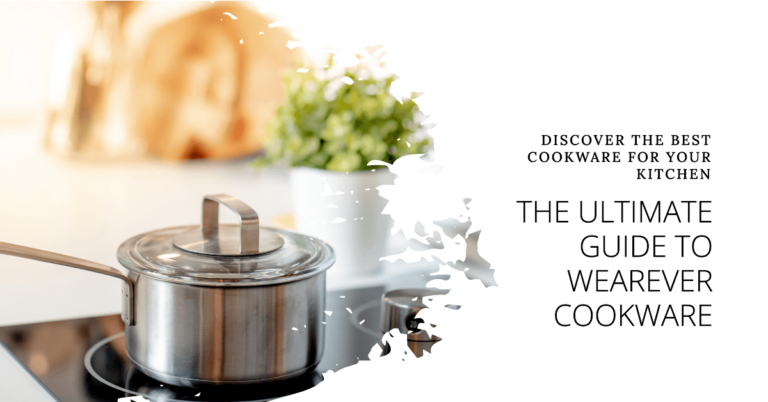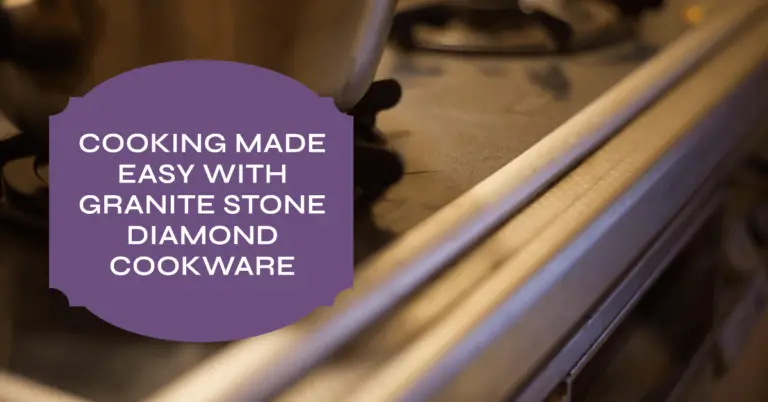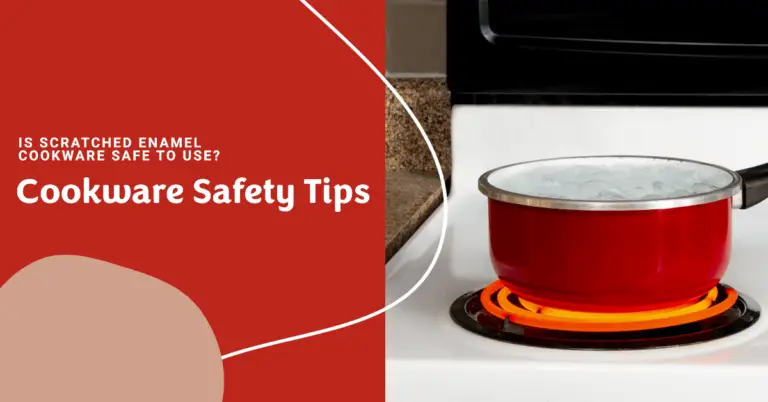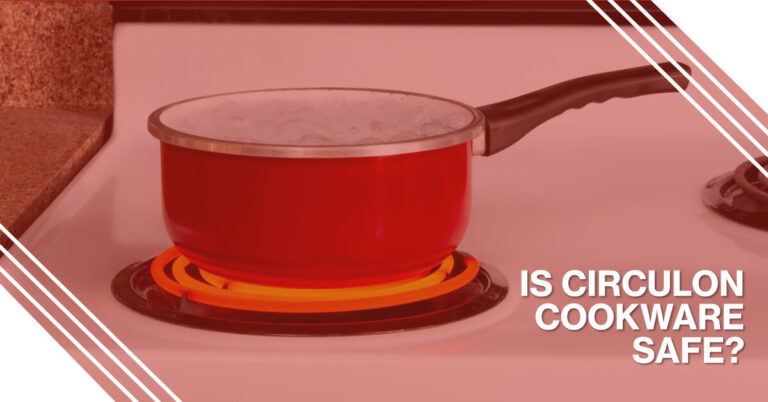Microwave Safety 101: Understanding the Microwave Safe Symbol
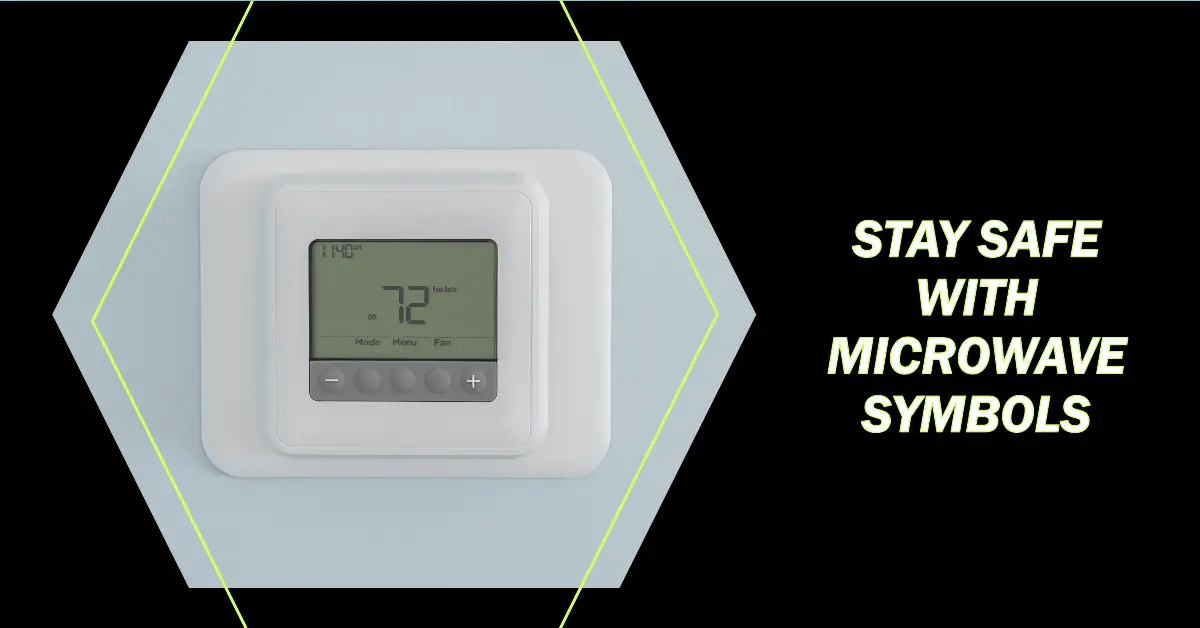
Wondering what that cryptic looking symbol with wavy lines on your food containers means? This comprehensive guide covers everything you need to know about the microwave safe symbol, why it’s important, what it means, where to find it, and how to verify if something is safe for the microwave.
What Exactly is the Microwave Safe Symbol?
The microwave safe symbol is a simple yet essential marking that indicates whether or not a container or material is approved for microwave oven use.
It typically features a set of wavy lines enclosed within a partial square shape. The wavy lines represent microwave energy waves stimulating water molecules and rapidly heating food. The partial square frames the wavy lines.
You’ll find this symbol on all sorts of microwave-safe products including plastic containers, ceramic plates and mugs, microwaveable cookware, and more. Checking for this symbol is the easiest way to identify if something can be microwaved safely or not.
Why is the Microwave Safe Symbol So Important?
This symbol is incredibly important because it signals to consumers whether or not it is safe to microwave a given container or material.
Microwaving items that are not labeled as microwave-safe can be extremely dangerous. Certain materials like metals, aluminum foil, and some plastics can melt, leach chemicals, ignite, spark, or even explode when microwaved.
The microwave safe symbol provides confidence that an item has been tested and verified as microwave-safe. This prevents safety risks and gives consumers peace of mind. No one wants to worry about their food containers melting or plates cracking each time they reheat leftovers or cook a frozen dinner!
Additionally, the symbol helps appliance manufacturers know what cookware and accessories are safe to recommend for use in their microwaves. It’s a universally recognized certification that certain standards have been met.
So next time you reach for a container to microwave leftovers, look for this important symbol!
A Closer Look at the Wavy Line Symbol
Let’s break down the meaning behind the wavy line microwave safe symbol:
- Wavy lines – The wavy lines represent the electromagnetic waves that are generated by microwave ovens. These waves stimulate water molecules in food, causing them to vibrate rapidly and heat up.
- Partial square – The square shape frames the wavy lines, representing the interior of the microwave oven where the waves are contained. Since microwaves can penetrate materials, the square is left open rather than being fully enclosed.
- No sparks – The absence of any sparks or electric arcs in the symbol indicates that the material does not cause arcing, fire hazards, or damage when microwaved.
- Safety – The symbol as a whole communicates critical safety information, letting consumers know it’s perfectly safe to microwave.
So those innocuous looking wavy lines are packed with important meaning! No wonder this symbol can be found on everything from plastic containers to ceramic mugs to frozen dinners.
Where Can You Find the Microwave Safe Symbol?
Now that you know what the microwave safe symbol looks like and what it represents, where exactly should you look for it?
Here are some of the most common places to find the microwave safe icon:
- Plastic food containers – Look on the bottom or lids of plastic food storage containers, like Tupperware or Gladware, to find the microwave safe symbol. This lets you know you can safely reheat leftovers.
- Ceramic dishes – Plates, mugs, bowls and other ceramic dishware typically have the microwave safe symbol molded into the bottom. Check before microwaving!
- Microwaveable cookware – Any cookware marketed as microwave-safe such as steamers, omelet pans etc. will display the symbol.
- Frozen food packaging – Many frozen TV dinners, pastas, veggies and other frozen foods have the microwave safe icon on the packaging or protective film cover.
- Microwave accessories – Covers, steamers, bacons trays and other microwave oven accessories are marked with the symbol.
So give your food containers, ceramic dishes, cookware and frozen foods a quick check before popping them in the microwave. Look on the bottom or flip over packaging to locate the microwave safe symbol.
How to Verify if Something is Truly Microwave-Safe?
Finding the microwave safe symbol is the best way to confirm that something can be microwaved. But what if you aren’t sure if an item has the symbol or don’t see it?
Here are some tips to double check if something is safe for the microwave:
- Read labels carefully – Check any labels, packaging or underside markings for the microwave safe icon or words indicating it is approved. Likewise, look for any warnings NOT to microwave the item.
- Google the item + microwave safe – Do a quick internet search of the item name along with “microwave safe” to see if any warnings pop up or confirmation it can be microwaved.
- Check manufacturer guidelines – Check the website or contact the manufacturer to see if they confirm whether the item is microwave safe or not.
- When in doubt, don’t microwave – If unable to confirm that an item is microwave approved, don’t risk it. Use the stovetop or conventional oven instead to warm up food.
Taking these extra steps can give you confidence and prevent unfortunate microwave mishaps. Trust the microwave safe symbol or verified microwave safe confirmation whenever possible.
Is It Safe to Microwave Things Without the Symbol?
Generally speaking, it is risky to microwave any container, dishware or material lacking the microwave safe icon or verification. Without that clear indication, you have no way of knowing if it could be hazardous.
However, a few materials are often safe to microwave although they may not be labeled:
- Glass – Simple glass food containers, drinking glasses and other glass products are usually fine to microwave undamaged. Avoid glasses with metallic paint or thin cheap glass.
- Ceramics – Glazed ceramic bowls and plates are typically microwave-safe, but should be double checked. Stoneware, bone china and porcelain work well. Avoid unglazed ceramics.
- Paper plates/bowls – Plain paper products are generally safe for short microwave uses. Avoid paper with metallic decorations which can spark.
Again, when in doubt, don’t microwave anything that lacks a clear microwave-safe symbol!
Why You Should Never Microwave These Items?
Without the reassuring microwave-safe symbol, the following items should never be microwaved under any circumstances:
- Metal containers, aluminum foil, utensils – Metal reflects microwave radiation instead of absorbing it, leading to arcing, sparks and fires.
- Takeout containers – Many takeout containers have a metal lining or are made of flimsy plastic unsuitable for microwaves.
- Non-microwave plastic – Plastics such as melamine, polycarbonate and polystyrene may melt or leach chemicals when microwaved.
- Food with metal ties or wraps – Breads, bags of frozen foods etc. with metal twist ties or aluminum wraps must have them removed first.
- Brown paper bags – Plain paper generally works, but brown paper bags can ignite easily.
- Styrofoam – Polystyrene foam containers melt and leach chemicals into food when microwaved.
Clearly, microwaving anything with metal content or flimsy takeout containers is extremely dangerous. Don’t take risks if you don’t see the microwave safe assurance.
Potential Dangers of Microwaving Unsafe Items
Hopefully the dangers of microwaving unlabeled items are now clear. But what kinds of hazards can actually happen if you microwave something that’s not microwave-safe?
Here are some of the most common (and scary) problems:
- Melting plastics – Plastics such as recyclable codes #1, #6 and #7 can warp, melt and leach chemicals when microwaved, which can penetrate into foods.
- Container damage – Dishes or cookware not meant for microwaves can sustain cracks, burns or breakage from rapid, uneven heating.
- Sparks and arcing – Metals cause electrical arcing and dangerous sparks because microwaves reflect off them. This can damage the appliance or cause fires.
- Ignition – Some materials like brown paper can ignite easily in the microwave, creating a fire hazard.
- Food contamination – Chemicals from melting plastics or damaged dishes can leach into foods being heated, contaminating them.
Clearly, microwaving something not confirmed as microwave-safe can put both you and the appliance at risk. Don’t chance it without seeing that trusted symbol!
Special Cautions for Reheating Certain Leftover Foods
While the microwave-safe symbol gives the green light to reheat many leftovers and frozen foods, special precautions should be taken with certain items:
- Rice – Reheating cooked rice more than once is not recommended due to increased bacteria risk that can cause food poisoning. Only reheat leftover rice once.
- Large dense foods – Large dense frozen foods like meatloaf require extra care to thaw and reheat evenly without overcooking outer areas. Defrost first.
- Thick sauces – High fat sauces may spatter, so use lower power levels and stir periodically. Loosely cover food.
- Items with skin – Foods with pastry crust or skin like chicken need venting holes cut so steam can escape, preventing sogginess.
- Lids – Avoid tightly sealing containers or plastic wrap over food, which can prevent steam from escaping and cause splattering.
So while most standard leftovers are fine for quick microwave reheating, certain foods require extra precautions. Follow special microwave instructions as indicated on packages.
Microwaving Safely is Simple by Following These Tips
The microwave has revolutionized home cooking with its incredible speed and convenience for reheating, defrosting and cooking. But microwave usage comes with safety considerations as well.
Following these simple microwaving tips will help you safely enjoy the advantages of microwave cooking:
- Double check for the microwave-safe symbol – Always look for the symbol on any dishware, containers or products before putting them in the microwave.
- Avoid unlabeled items – Don’t microwave anything that lacks a microwave-safe assurance unless you’ve confirmed it’s safe through other means.
- Check food packaging – Review labels on frozen foods, popcorn bags, etc. to ensure no metal is present and that cooking instructions are followed.
- Use lower power levels – Opt for lower power levels when reheating very thick foods or those prone to splattering to prevent overcooking.
- Watch for problems – Stay near the microwave when reheating leftovers and frozen items to listen and look for signs of trouble like sparks.
- Clean your microwave – Keep the microwave interior clean of food splatters which can lead to arcing and appliance damage over time.
Following microwave safety fundamentals is easy thanks to the trusty microwave safe symbol. Now you can reheat leftovers and whip up frozen dinners with total confidence!
The Takeaway on the Microwave Safe Symbol
The microwave brought incredible speed and convenience to everyday cooking, but also new safety considerations. Thankfully, the microwave-safe symbol gives us confidence that the dishware, containers and products displaying it will behave properly and safely in the microwave oven.
This simple yet vital icon tells us whether microwave energy will be absorbed to heat foods quickly and evenly, or if harmful reflectance, sparking, arcing, melting or leaching could occur instead. Understanding where to look for this symbol, and never microwaving unlabeled items, helps ensure safe usage.
So next time you go to reheat leftovers or a frozen meal, remember to look for the microwave safe symbol on containers and packaging. Taking this one small step makes microwave cooking safely simply a matter of following directions and pushing a button!

